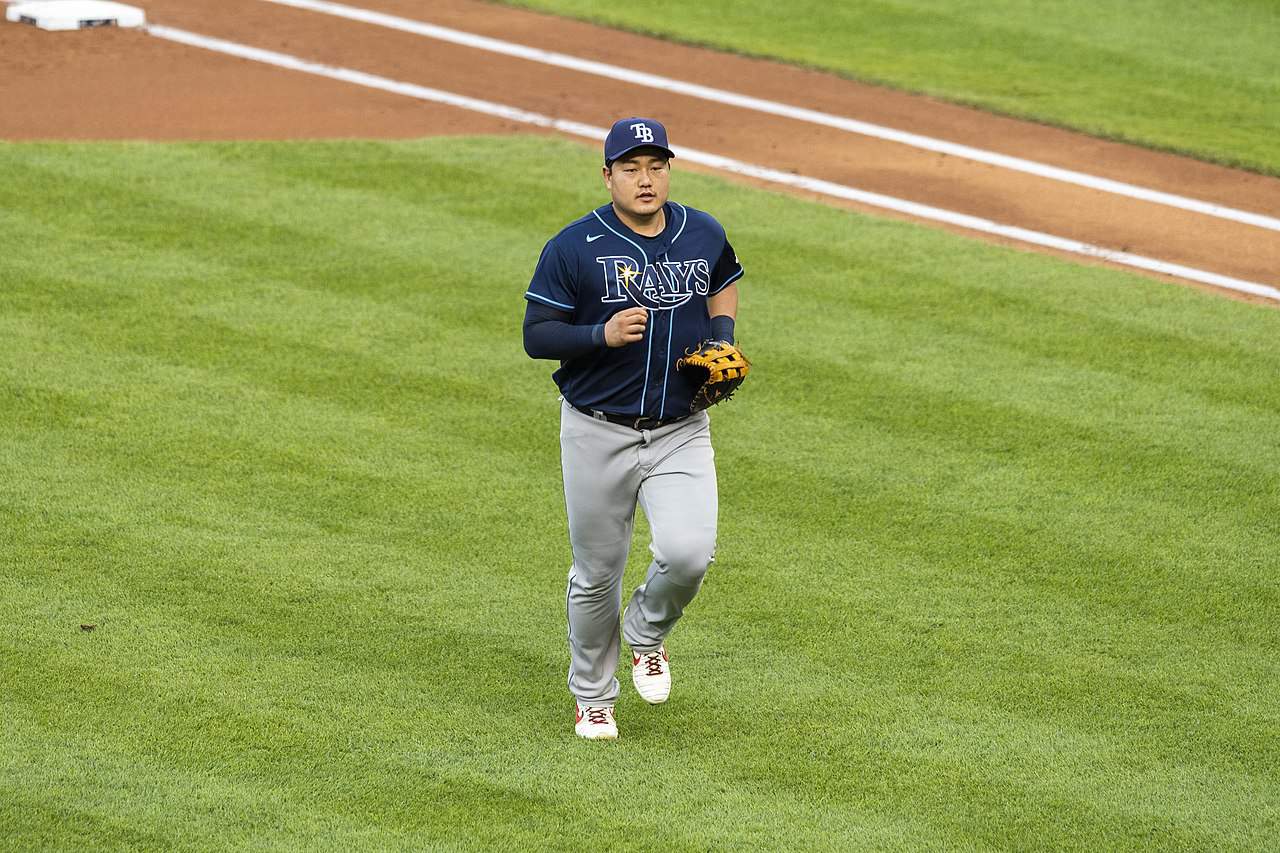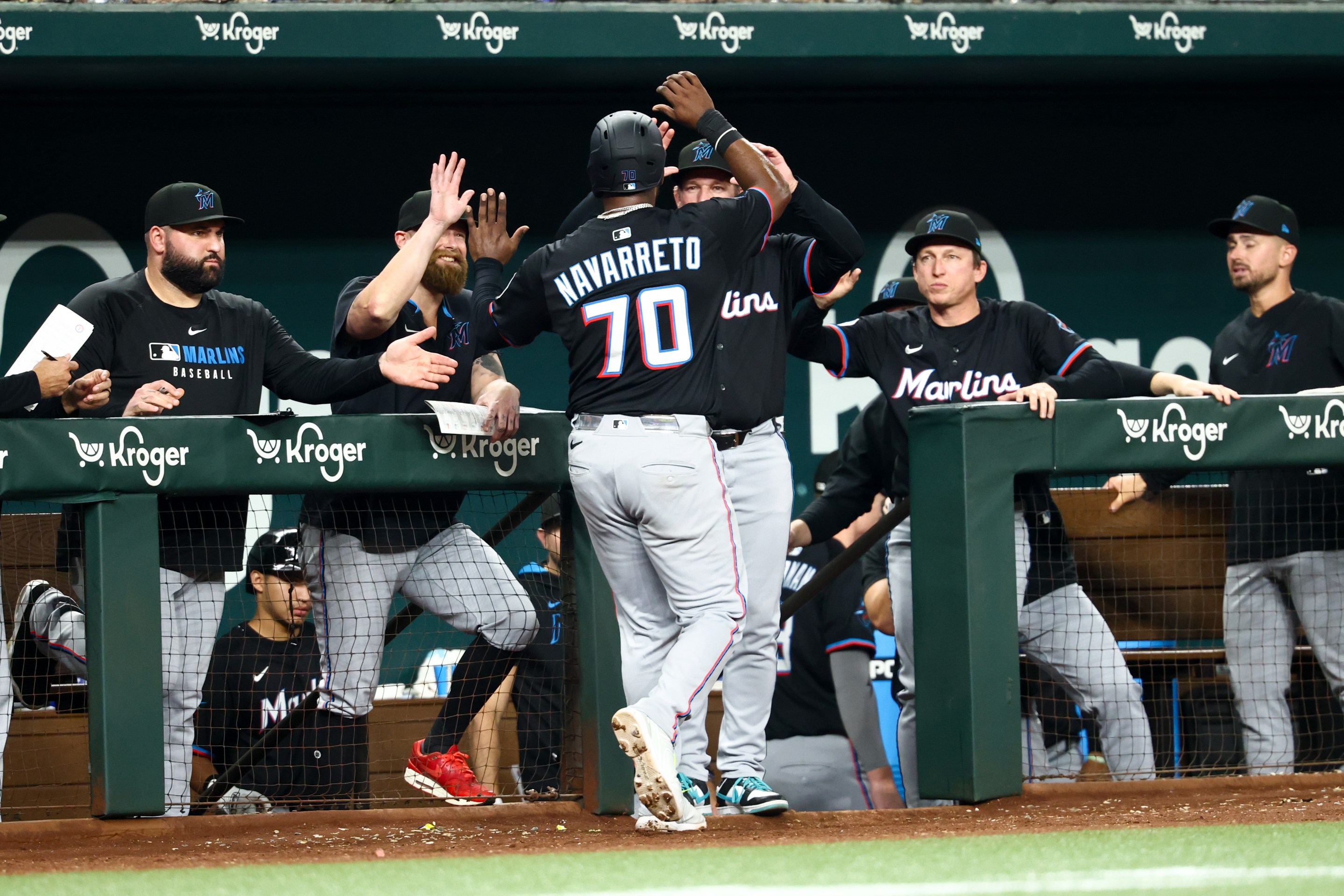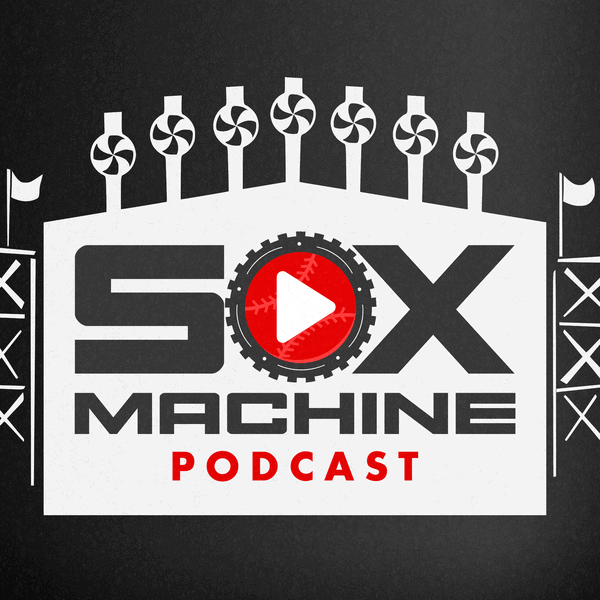One of the specific challenges to this year's Offseason Plan Project was figuring out who the free agents actually might be. Rightly or wrongly, pandemic-ravaged balance sheets had the possibility of tilting a bunch of individual decisions in the direction of a declined option, a non-tender, a DFA. I had girded my loins for an expected record number of non-tenders, but I think Cleveland's severing of Brad Hand -- and the league's unwillingness to claim him for a one-year commitment of $10 million or so -- brought it into sharper focus.
Eric Longenhagen attempted to clarify it further. Over at FanGraphs, he compiled a big board of every team's acute non-tender decisions, putting the non-locks into three buckets. The White Sox contributed to each column.
Longenhagen puts Nomar Mazara and Carlos Rodón in the "likely" column, listening Reynaldo López as a "tough call" and noting Adam Engel in the "unlikely" bin. I wouldn't have listed Engel at all, since he's a plus defender who's hit .310/.355/.466 against lefties since the start of the 2019 season, but maybe he embodies just how unlikely the "unlikely" column is for the 29 other teams.
(Then again, he listed Renato Nuñez as an unlikely candidate for Baltimore, and they designated him for assignment.)
For most of the last decade, we could look at these lists and find a number of candidates at any position who could theoretically help the White Sox, or at least offer more upside than players already on the roster. On one hand, you have James McCann, whom the White Sox scooped up from Detroit after the Tigers non-tendered him for the greatest overachiever of the Rick Hahn era. On the other, just about every other free agent of the last seven years shows the White Sox get what they pay for. Gio González continued a lineage of starters who overstayed their welcome even on one-year deals.
It's still worth perusing the lists, just because the White Sox have some specific, non-critical needs that can still be met by some potential non-tenders. It comes down to the order. If they picked up a non-tender right fielder before George Springer came off the market and called themselves complete, I'd point to a photo of Mazara and scream-cry. If January rolls around and they're looking to fill out a bench or provide an extra option to keep a prospect from being absolutely necessary from the start, I can see paths toward fun and profit.
(I'm going to omit relievers, because the Sox have a history of finding the occasional diamond in the rough with non-roster invitees.)
Starters
Gray enters his final year of arbitration with a $6.5 million projection attached, one that no longer looks automatic given a 6.69 ERA. He's fared more or less OK over his five years starting in Colorado. He's topped out at 172 innings, partially due to injuries, and partially due to the shorter leash that Rockies pitchers work on due to environmental effects. His effectiveness tends to line up with whether he's throwing 96 or 94, and his velocity lagged in 2020 due to shoulder inflammation. He's worth a gamble if you think it's due to the abbreviated ramp-up, but less so if it's just a random pitching injury.
Velasquez has been a variant of López, in that he lives on his fastball and hasn't been able to develop a go-to secondary pitch. Unlike López, he gets strikeouts. Like López, he has no business seeing a batting order a third time, so his future is either in the bullpen or with a manager who is flexible about starting pitcher expectations. Williams might've peaked early, because while his first two full seasons were average or better, he's posted a FIP above 5 over his last two. He gave up 15 homers over 55 innings in 2020. The White Sox contributed three of those over six.
Backup catchers
Narváez is fascinating, if only because he has adopted three different forms over his last three seasons. With the White Sox in 2018, he was an OBP-oriented catcher with framing issues. After the Alex Colomé trade, he gave the Mariners a slugging catcher with framing issues for 2019. They then sent him to Milwaukee, where he was a framing-first catcher who offered zero offense. A team might want to see if they can get OBP and framing in the same season. The 22 homers from 2019 looks like a fluke, but so does last year's strikeout-rate spike, and the latter was with a smaller, weirder sample.
Sánchez has a lot of things going wrong for him, which is why the Yankees might consider moving on. It seems like a rebuilding team would be able to live with his particular frustrations while giving the playing time he'd probably demand.
Left-handed infielders
Choi found a niche with the Tampa Bay Rays, whose greatest strength is creating niches for limited players. Shaw delivered 30-homer power for the Brewers in 2017 and 2018, but was non-tendered by Milwaukee after his performance cratered in 2019. He rebounded somewhat with Toronto, but not enough to make him a Plan A (.239/.306/.411). If he has to settle for a minor-league contract, he could do worse than the White Sox, who offer paths to playing time for a multi-position lefty who can take pitches and homer occasionally.
Left-handed outfielders
Rosario's final arb-year projection is $12.9, and Twins Daily only sees Rosario returning if he finds a lower number palatable. He'd be a better idea for the White Sox in 2021 than Nomar Mazara was in 2020, because he slugs over .500 against right-handed pitching without many strikeouts. Points against him: He doesn't walk at all, he's stretched anywhere besides left field, and there are signs that his all-out pursuit of fly balls has diminishing returns. There's a way to make it work, but it involves a left field/DH rotation rather than everyday work in right.
* * * * * * * * *
Hindsight says that it should've been obvious that the White Sox would protect Jake Burger from the Rule 5 draft, because they seldom move on from any first-round pick until it's glaringly obvious, and there's enough to like about Burger's bat to keep him around for one more year. An argument against him would be stronger if the team were facing a 40-man roster crunch, but his presence isn't preventing the Sox from acquiring more intriguing players at the moment.
That said, if they decided to leave him open for the picking, they wouldn't have been alone in exposing a recent first-round pick. Baseball America rounded up the list of notable prospects left unprotected, and three clubs decided they hadn't seen enough from their 2017 first-round picks to warrant the use of a roster spot.
- Blue Jays: Logan Warmoth (22)
- Dodgers: Jeren Kendall (23)
- Cubs: Brendon Little (27)
None of them quite match Burger's pedigree of a top-half pick, although Kendall was at one point a front-runner for the White Sox at No. 11 in the mock drafts. All of them have actually played hundreds of games (or a hundred-plus innings) since Burger last played. This could be the one benefit from Burger not being able to play at all over the last three years, because nobody can make a convincing argument about whether he can hang if healthy. The mystery surrounding him probably bought him a year, and the small but notable benefits that 40-man protection affords.
(Photo by All-Pro Reels Photography)






